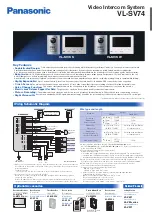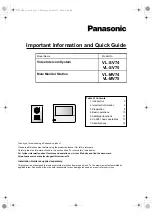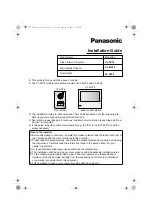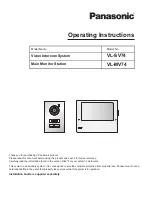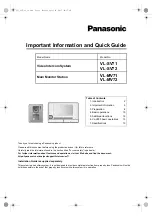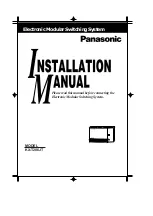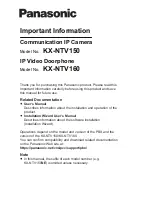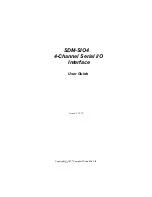
2-2
|
ni.com
Chapter 2
DAQ System Overview
DAQ-STC2 and DAQ-6202
The DAQ-STC2 and DAQ-6202 implement a high-performance digital engine for M Series data
acquisition hardware. Some key features of this engine include the following:
•
Flexible AI and AO sample and convert timing
•
Many triggering modes
•
Independent AI, AO, DI, and DO FIFOs
•
Generation and routing of RTSI signals for multi-device synchronization
•
Generation and routing of internal and external timing signals
•
Two flexible 32-bit counter/timer modules with hardware gating
•
Digital waveform acquisition and generation
•
Static DIO signals
•
True 5 V high current drive DO
•
DI change detection
•
PLL for clock synchronization
•
Seamless interface to signal conditioning accessories
•
PCI/PXI interface
•
Independent scatter-gather DMA controllers for all acquisition and generation functions
Calibration Circuitry
The M Series analog inputs and outputs have calibration circuitry to correct gain and offset
errors. You can calibrate the device to minimize AI and AO errors caused by time and
temperature drift at run time. No external circuitry is necessary; an internal reference ensures
high accuracy and stability over time and temperature changes.
Factory-calibration constants are permanently stored in an onboard EEPROM and cannot be
modified. When you self-calibrate the device, as described in the
section of Chapter 1,
, software stores new constants in a user-modifiable section
of the EEPROM. To return a device to its initial factory calibration settings, software can copy
the factory-calibration constants to the user-modifiable section of the EEPROM. Refer to the
NI-DAQmx Help
or the
LabVIEW Help
for more information about using calibration constants.
For a detailed calibration procedure for M Series devices, refer to the
B/E/M/S/X Series
Calibration Procedure
available at
.
Summary of Contents for PXI-6289
Page 1: ...PXI 6289...
































